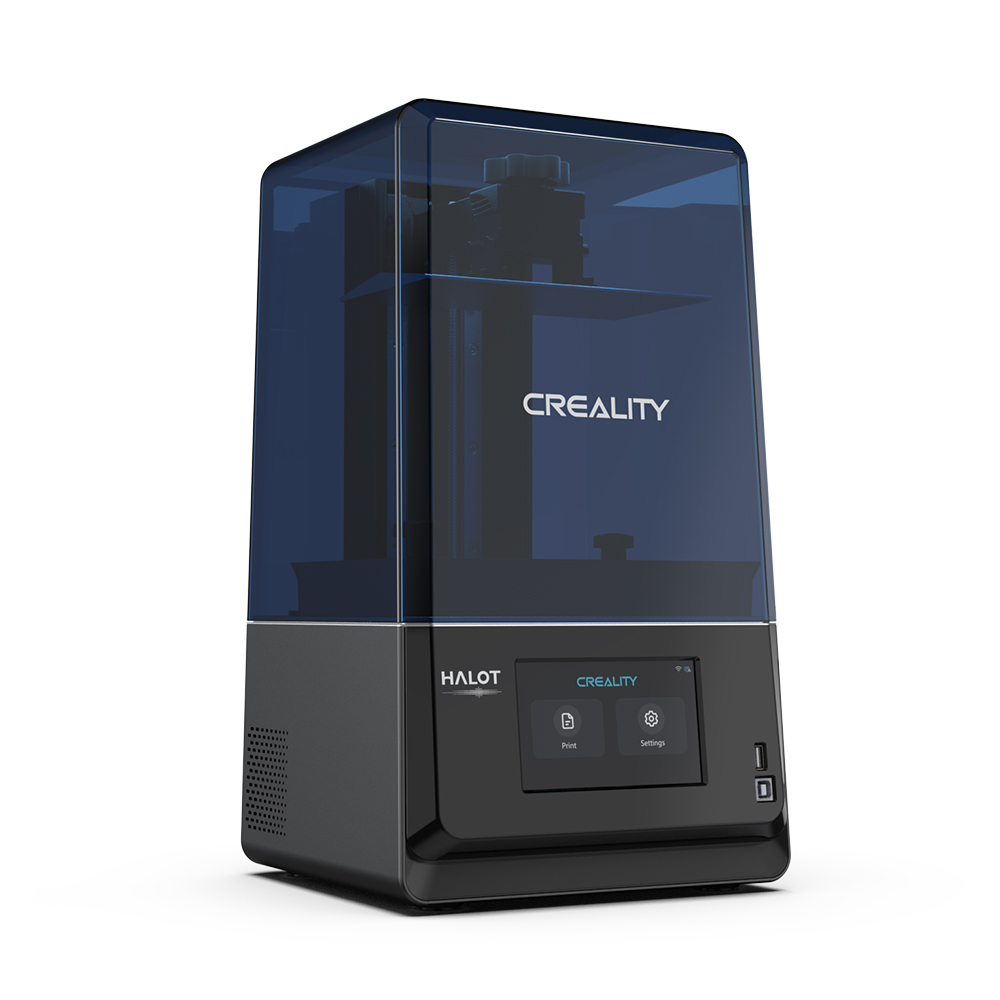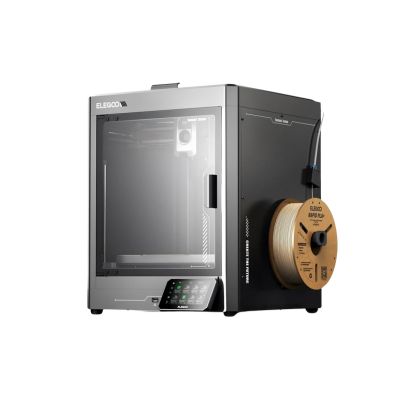Compare Halot One Plus vs Centauri Carbon
Comparison between the best 3D printers
Choose the best 3D printer at the best price. The cheapest 3D printers are here.
Buy a 3D printer here with 3D Fila.
 |
 |
|
| Model | Halot One Plus[BUY Halot One Plus] |
Centauri Carbon |
| Printing Material | Resin | Filament |
| Buy Resin for Creality 3D Halot One Plus | Buy Filament forElegoo Centauri Carbon | |
| Estimated price | $399,00 | $500,00 |
| Manufacturer | Creality 3D | Elegoo |
| Release Year | 2022 | 2025 |
| Print Volume [mm] | 102x172x160 | 256x256x256 |
| Printer Size [mm] | 236x245x416 | 500x500x600 |
| Weight [kg] | 6,8 | 17,5 |
| Power Loss Recovery | NO | YES |
| Maximum Resolution [mm] | 0,1 | |
| Processor | ||
| Display | Touchscreen 4,3'' | |
| Power Supply | 350 W | |
| Connectivity | USB / Wi-Fi | WiFi, SD, USB |
| Operating systems | Windows, Linux e Macbook | |
| Date of registration in the system | 2022-10-11 | 2025-02-10 |
| Release date | 2022 | 2025 |
| Extra features | Crealitys Halot-One Plus printer stands out for its 4K+ resolution that delivers sharp details and consistent surfaces. It features a fast and responsive 5-inch LCD interface, as well as easy-to-use Halot Box software. It offers Wi-Fi connectivity and remote print monitoring, as well as an integrated air filtration unit, a rare feature in this price range. The Halot-One Plus is designed for the prosumer market, combining high quality with advanced features such as Wi-Fi and air filtration. During testing, it stood out for implementing these features at an affordable cost, while maintaining functionality. It features an attractive design with a UV-resistant blue cover and a robust dual rail system for the Z-axis, ensuring smooth and consistent movements. The large LCD and high resolution of the LCD mask (4320 x 2560) are other strong points, allowing for fine details and textures in prints. | The Elegoo Centauri Carbon is a CoreXY 3D printer with an enclosed structure, direct drive extruder, and hardened steel components for abrasive materials. It features automatic bed leveling, a touchscreen, a filament cutting system, and an elongated nozzle designed to reduce clogs. It offers Wi-Fi connectivity for remote file transfer and runs on a Klipper-based firmware, providing advanced control and precise adjustments. |
| Support for multiple colors and materials (AMS and CFS) | NO | NO |
Notes * |
||
| Cost-benefit | 8 / 10 | 8 / 10 |
| Hardware | 1.4 / 10 | 6 / 10 |
| Tela | . | . |
| Print volume | 3 / 10 | 4 / 10 |
| Performance | 9 / 10 | 4 / 10 |
| [BUY Halot One Plus] |
Conclusion |
| In comparing the Halot One Plus by Creality 3D and the Centauri Carbon by Elegoo, both printers present compelling features tailored to different user needs. The Halot One Plus, priced attractively lower, offers a robust set of specifications including a high resolution and a compact print volume. Its integration of Wi-Fi connectivity and an air filtration system enhances usability, making it a strong option for prosumers seeking quality and convenience in a smaller footprint. Conversely, the Centauri Carbon shines with its larger print volume and advanced features like automatic bed leveling and a direct drive extruder. Its design caters to users needing versatility in handling various materials, particularly abrasive ones, while Klipper-based firmware affords precise control suitable for critical applications. However, it is positioned at a higher price point, reflecting the added complexity and capability. Both printers receive similar cost-benefit evaluations, suggesting they deliver value relative to their features. Ultimately, the choice between the two depends on the user's specific requirements: the Halot One Plus is ideal for those prioritizing detail and ease of use in compact spaces, while the Centauri Carbon is better suited for users demanding larger print capabilities and advanced material support. |

